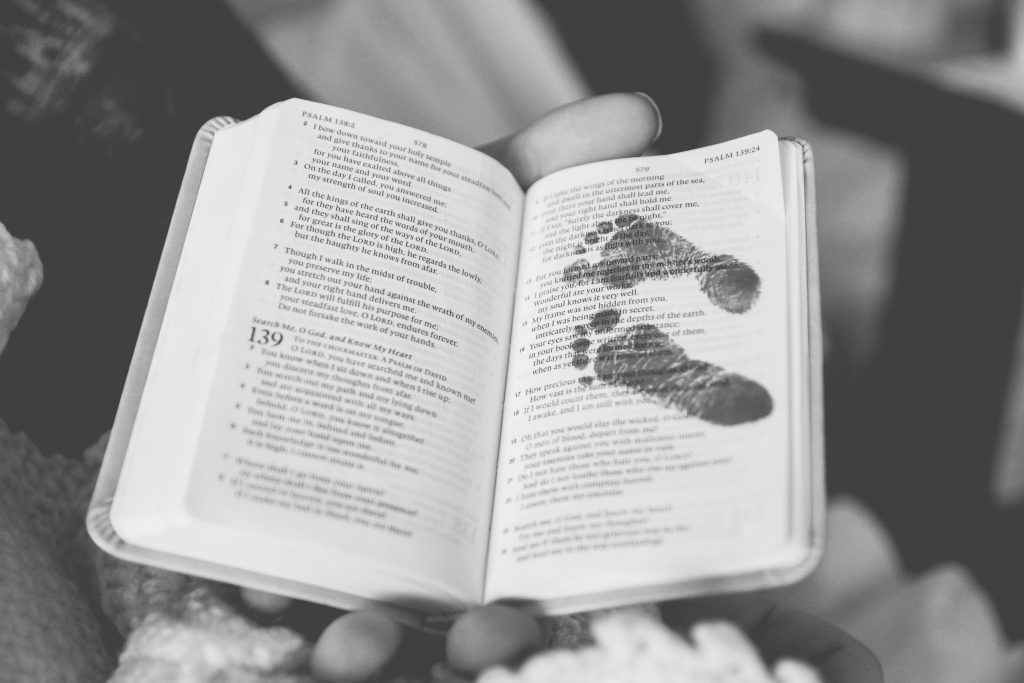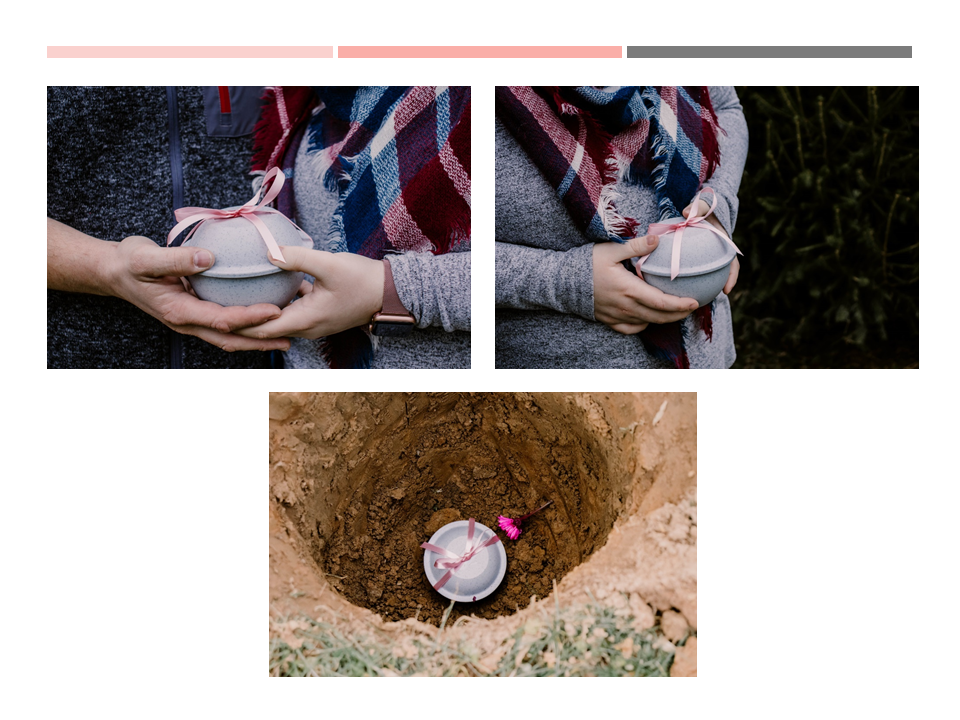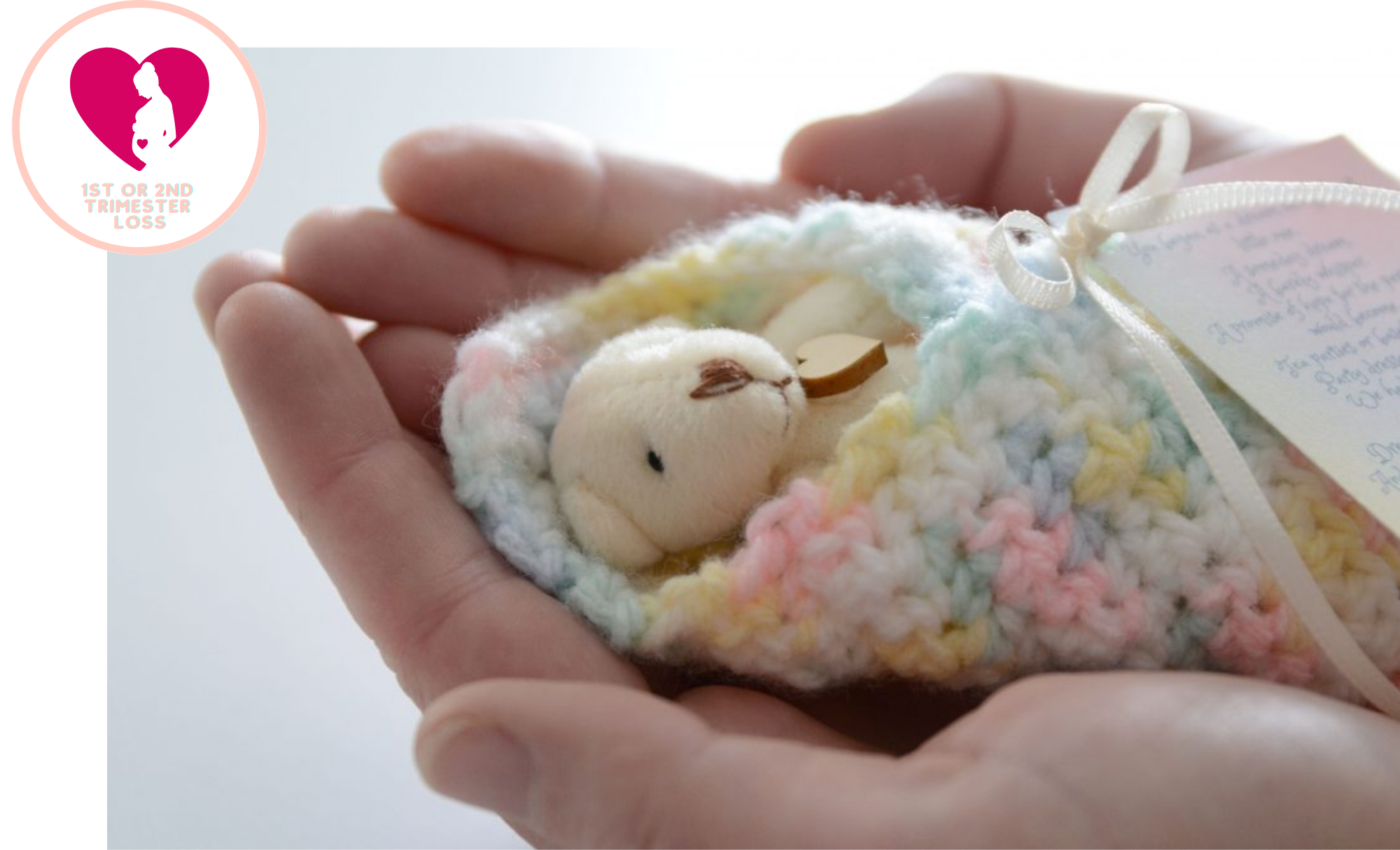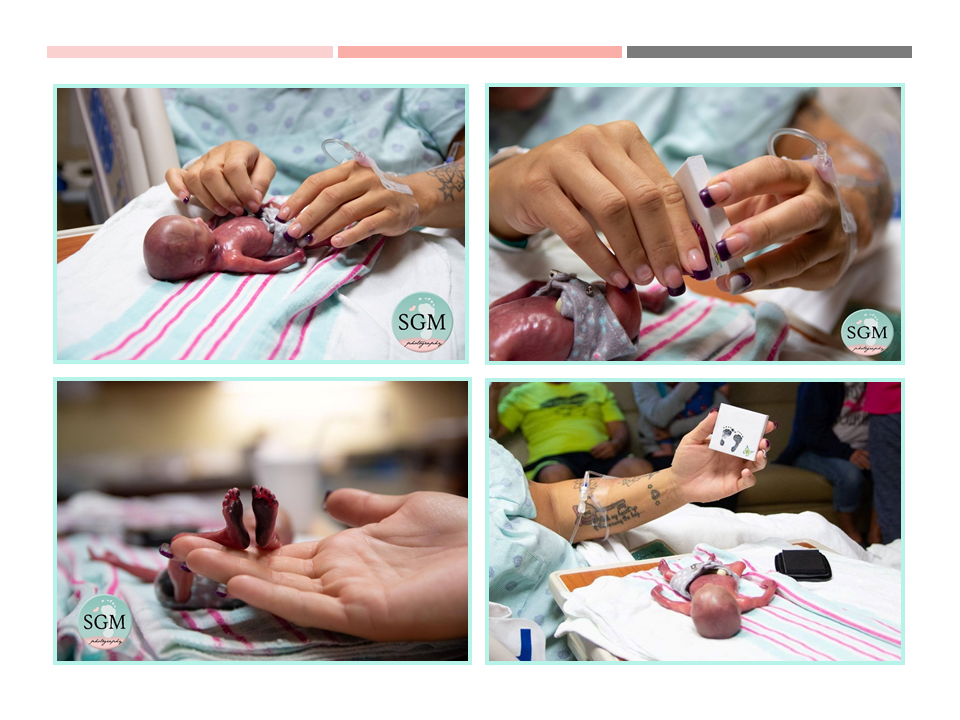Every life matters, no matter how brief.
Every life is worthy of both celebration and grief.
If you found your way to this page after hearing the words, “I’m so sorry, there’s no heartbeat,” please know that you are not alone. From the very moment many parents find out they are expecting, they have dreams in their hearts for their little one. Your baby lived. Your baby matters. There are still many things you can do to celebrate the life of your baby. We have resources for babies born in any gestation.
After the shock of hearing that your baby has died, there are difficult decisions to make. Many mothers have shared that they wished someone was there to help guide them through that overwhelming process. Below you will find information and links to pages that may help you choose the best options for you and your family.
To request Dreams of You comfort and memory-making items or an SGM Homebirth Miscarriage kit, click here.
To find local support or online support, contact one of our SGM Comfort Doulas here.
Mothers, join our online support group – Walking With You
Fathers, join our online support group – Walking With You for Grieving Fathers
View images of babies born from 6wks to 20 wks here.
 Options for Giving Birth in the First and Second Trimester
Options for Giving Birth in the First and Second Trimester
Home Delivery/Labor & Delivery at Hospital
If determined safe by your provider, you may give birth vaginally to your little one at home or at the hospital, so that you may have the opportunity to hold your baby and create memories. At
the hospital, you may deliver naturally or through induction. Keep in mind that it can take some time for your body to respond to induction. Once dilation begins, delivery will likely happen quickly. It is recommended to use the Homebirth Birth Plan on the SGM website to help you think through your options for before, during and after delivery.
Stay in contact with your provider. You will need to follow-up with your provider to make sure that you have fully delivered the tissue and placenta in your uterus. Sometimes a D&C is necessary even after delivery to prevent complications and infection. Watch for signs of excessive bleeding or infection. Contact your provider immediately for any concerns.
For more details, including a Homebirth SGM Miscarriage Birth Plan, click here.
D&C (Dilation and Curettage) or D&E (Dilation & Evacuation)
Read one mother’s story of giving birth through D&C here.
Both a D&C and a D&E are surgical options for giving birth, often performed after a first or second trimester miscarriage, when a vaginal delivery is not the chosen or a possible option. Dilation refers to the opening of the cervix. Curettage is the scraping of the uterine wall with a curette instrument or by a suction curettage or vacuum. Both procedures are used to remove the baby, placenta, and tissue from the uterus. Mothers are given anesthesia through an IV with a D&C or D&E.
D&E is typically performed after 13 weeks gestation. A laminaria is inserted to soften the cervix prior to a D&E surgery. Additional instruments, including forceps may be used with a D&E. Both procedures require some time at the hospital. They are typically outpatient procedures, depending on if there are any further complications. Due to the nature of the delivery, you will not be able to see the baby in most cases. Please forgive the lack of a more gentle explanation; however, babies are not typically born physically intact following this procedure.
Potential Risks
- Reaction to anesthesia causing potential breathing problems
- Infection
- Hemorrhage
- Uterine puncture or rupture
- Weakened cervix
- Scarring
- Need to repeat procedure in some circumstances
Contact Provider
- Heavy bleeding
- Bleeding and/or cramping longer than 2 weeks
- Increased/prolonged pain that does not improve
- Fainting/dizziness
- Fever
- Chills
- Foul-smelling discharge

Remembering Your Baby

Even if a baby’s life has been brief, there are ways to honor your child. Below is a list of ideas, whether you have the opportunity to tangibly parent your baby or if you were unable to view your baby’s physical form. You are still a mother…still a father. Your baby lived. Your baby matters. Your baby is worth celebrating…worth remembering.
- Have a teddy bear to hold for comfort.
- Keep a tiny bear or a keepsake close to the size of your baby.
- Keep an ultrasound picture – Ask for one if it is not offered.
- Name your baby.
- Wrap your baby in a special blanket. Wraps are available, even for very tiny babies. You can also request a keepsake wrap if you do not meet your baby in person.
- Play a special song.
- Journal your thoughts, dreams, and feelings.
- Write letters to your baby.
- Take photos, even of tiny babies .
- Pray together .
- Bring special jewelry or other items that you would like with you and/or baby in a photograph.
- Read a book to your baby.
- Complete a special memory book.
- If baby is not too fragile, take time to bathe and dress your baby.
- Spend time saying hello and goodbye.
- Keep your baby with you as long as you like.
- Perform a Baptism, Dedication, Naming Ceremony or other ceremonies that are important to you and your family.
This is your opportunity to fill a lifetime of memories into moments. Spend this precious time the way you wish. Don’t rush or allow others to rush you.
Burial/Memorial Options

If you choose to deliver vaginally, you may choose burial options or other ways to care for your baby’s body after passing. Hospitals may or may not release baby’s remains to you after a D&C or D&E. Because baby’s body is not intact after a D&C or D&E, options are limited.
While it is difficult to think about and likely not something you have ever considered, it is important for you to know that even when a baby is very tiny, there are options for your baby’s final resting place.
- In some states, home burial is an option under 20 weeks gestation. A free burial container can be requested with a Home Birth Miscarriage Delivery Kit on the SGM website.
- Funeral homes and cemeteries may offer options as well. A separate burial plot can be purchased or burial can be done in an existing grave, such as a grandparent or other family member.
- Costs may vary for both options.
- A memorial garden option may be offered by the hospital. This is a place where babies are buried together, not in a separate grave.
- Cremation is offered by some funeral homes or crematoriums. Keep in mind, there will be a very small amount of ash when the baby is so tiny.
- Leave the baby at the hospital. Baby will likely be put with other surgical tissue.
For more information regarding burial and memorial options, please visit the SGM Funeral Planning link.
Taking Care of You
Comfort & Healing for Mom
Mothers are sometimes surprised by the amount of time it takes for their bodies to fully heal after a miscarriage. If you choose to deliver your baby vaginally, you will still experience labor and if you give birth through a surgical procedure, your body has still endured surgery. You will need time to heal – physically, emotionally, mentally, and spiritually. It’s important to take care of you.
- Rest. You will need plenty of rest physically and emotionally.
- Stay hydrated.
- Eat healthy. Your body needs nutrients to replenish and heal.
- Reach out for support.
- Attend support group online or in-person if you need to feel less alone or just want to talk to someone who understands.
- Stay connected to your partner.
- Give yourself grace and time.
- Follow your provider’s instructions regarding your return to normal physical activity.
- Pay attention to signs of infection.
- Drink Raspberry Leaf Tea with honey as it is recommended during and after miscarriage.


